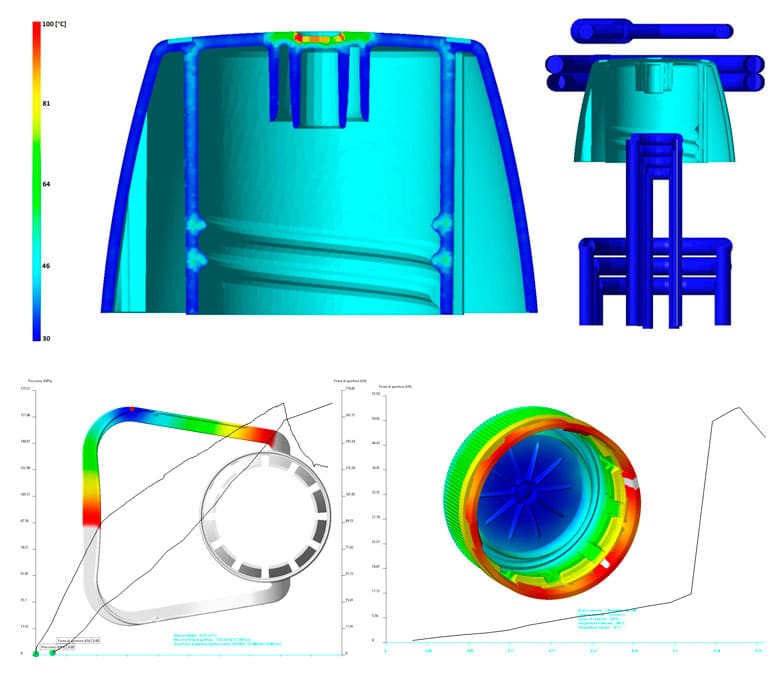Mold Flow Analysis
Diamondmold emphasizes the benefits of DFM to our clients in order to create an efficient production cycle and increase profitability.
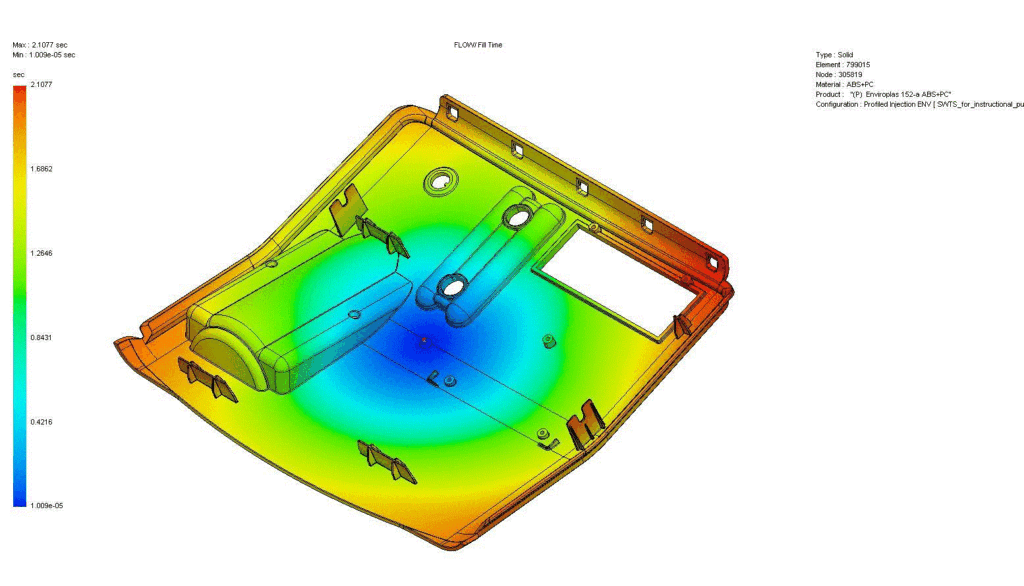
01
Project Setup and CAD Model Import:
Step one is to create a new project within MoldFlow software and import a CAD model of the part to be analyzed, which provides all of its geometry and dimensions required for an accurate analysis.
02
Mesh Generation
Once the CAD model has been uploaded to a server, a mesh is generated to discretize its geometry into smaller elements for numerical analysis. A high quality mesh will ensure accurate results.

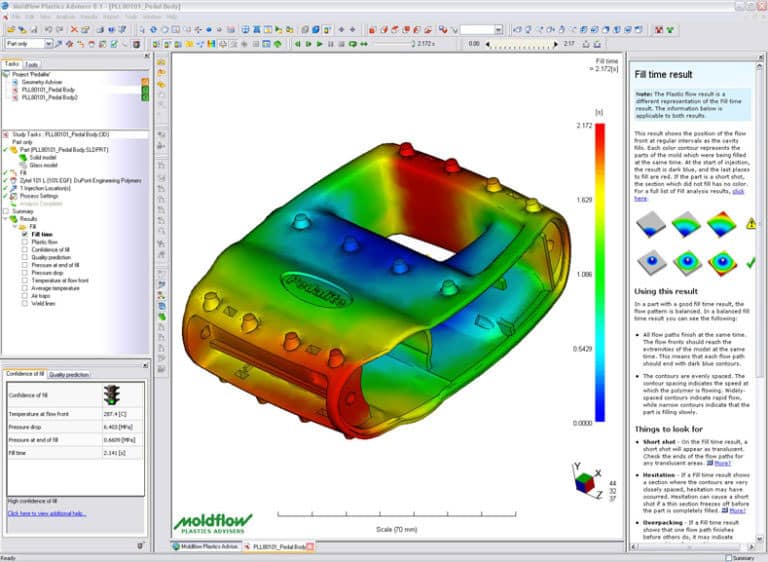
03
Material Selection
To select an ideal material for molding parts, its physical properties such as viscosity, density and thermal conductivity must be considered carefully. Such properties have an enormous influence over both molding process and final part quality.
04
Boundary Conditions
Boundary conditions such as mold temperature, injection pressure and cooling time must be defined to simulate real molding conditions accurately for accurate analysis.

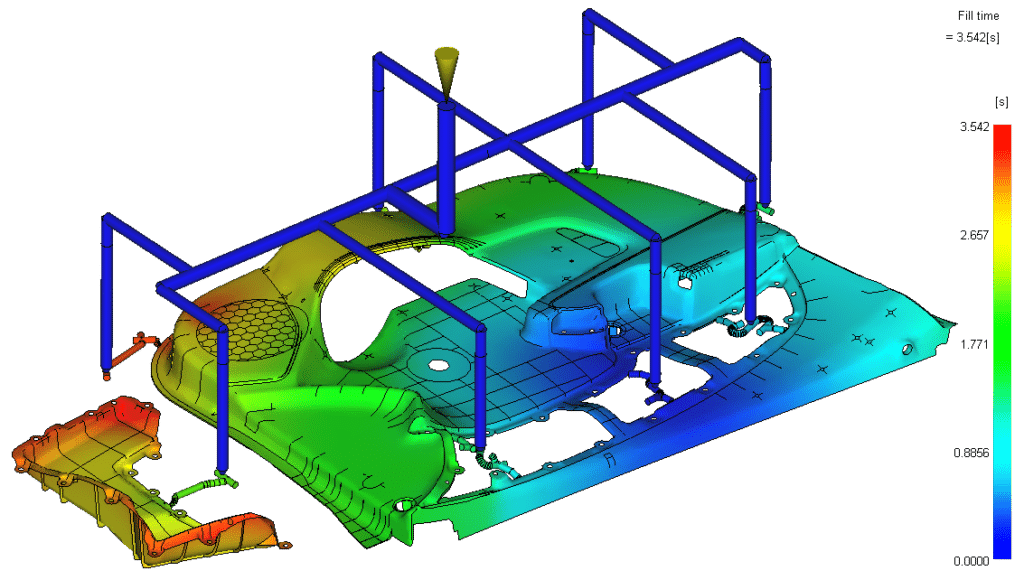
05
Analysis Settings
We use various settings depending on our clients’ requiements, for instance, a fill analysis to study how plastic fills a cavity, warp analysis to predict deformation of final part or cool analysis to optimize cooling process.
06
Running the Analysis
Once all the necessary settings are in place, we will runs the analysis. This involves solving complex numerical equations to simulate the molding process and predict the behavior of the molten plastic.
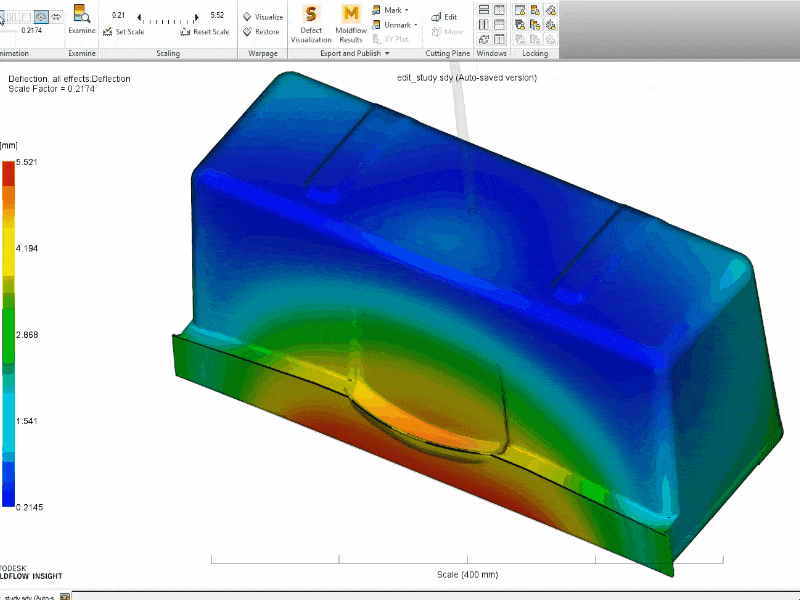
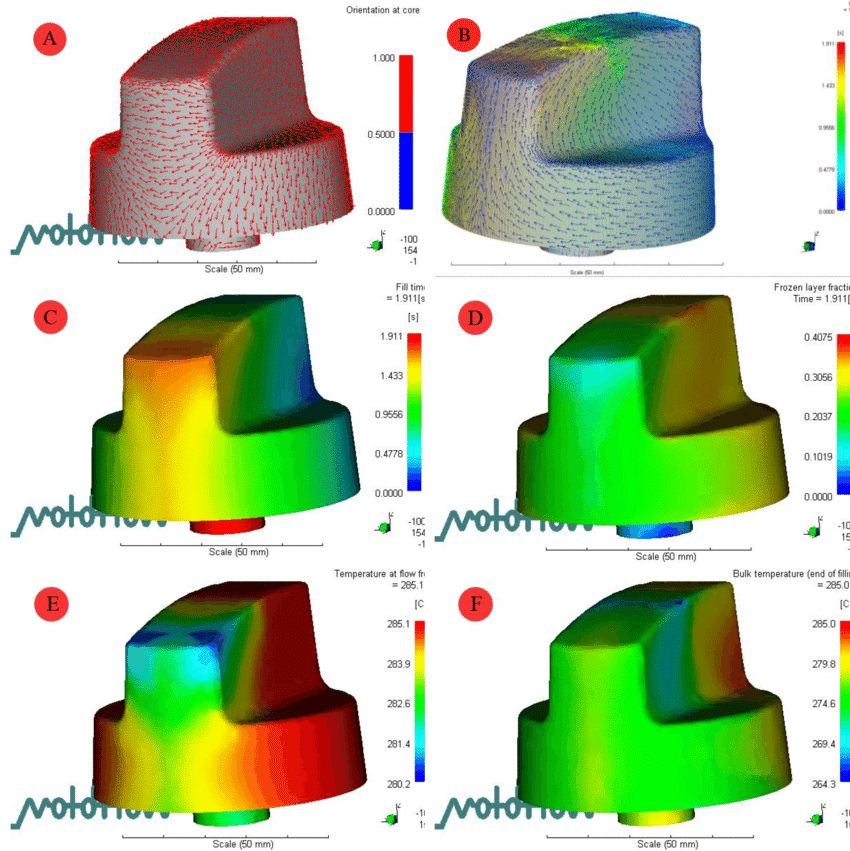
07
Results Reporting
Once analysis is complete, we will evaluate its outcomes carefully to identify any potential problems with air entrapment, weld lines or warpage. Comprehensive reports and visualizations are then produced to aid understanding.
08
Design Optimization
Based on the results of the analysis, we will optimize the mold design or the processing parameters. This helps to improve the quality of the molded parts and reduce defects.
